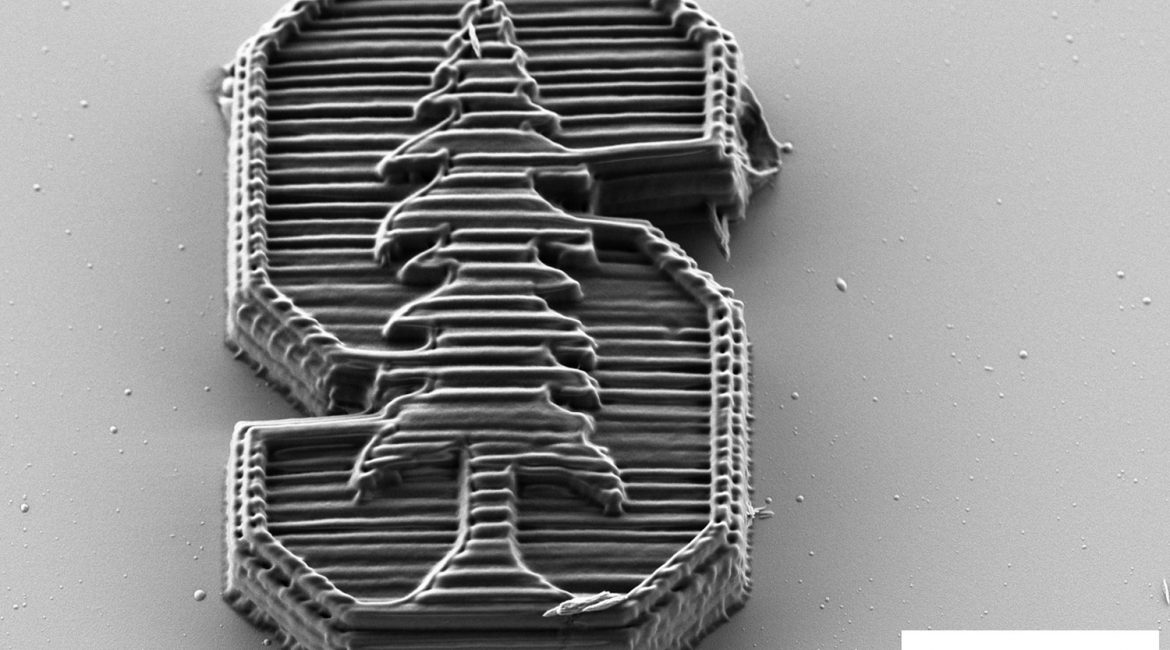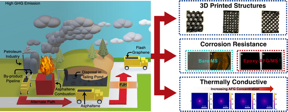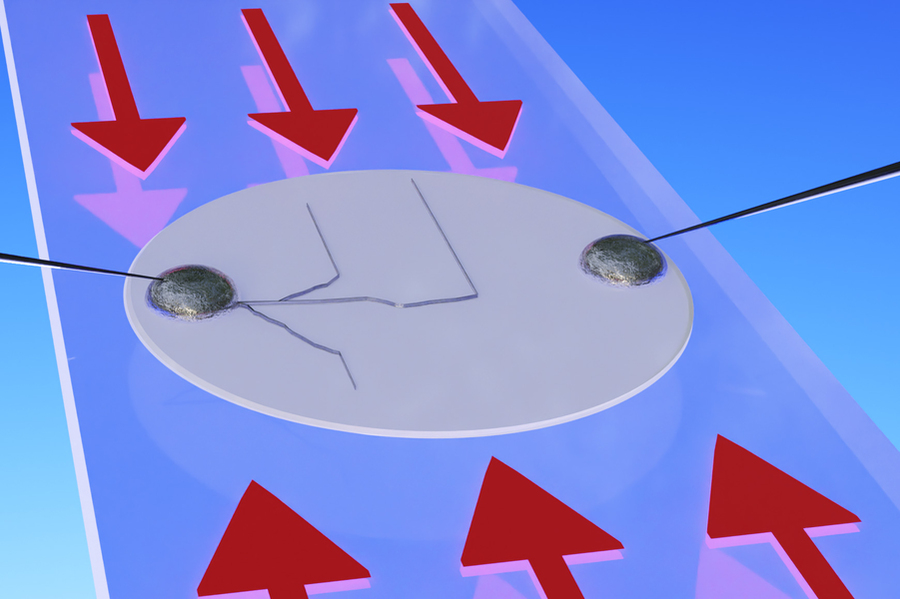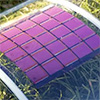Home > Press > How 2D materials expand: New technique that accurately measures how atom-thin materials expand when heated could help engineers develop faster, more powerful electronic devices Caption:A green laser shines onto an atomically thin material. By probing how atoms vibrate when deposited on substrates and upon heating, researchers...
New nanoscale 3D printing material offers better structural protection
Nov 18, 2022 (Nanowerk News) Science fiction envisions rapid 3D printing processes that can quickly create new objects out of any number of materials. But in reality, 3D printing is still limited in the properties and types of materials that are available for use, especially when printing at very small...
Nanotechnology Now – Press Release: Rice turns asphaltene into graphene for composites: Flashed byproduct of crude oil could bolster materials, polymer inks
Home > Press > Rice turns asphaltene into graphene for composites: Flashed byproduct of crude oil could bolster materials, polymer inks Researchers at Rice University are pursuing the sustainable valorization of asphaltene by turning it into graphene useful for composite materials. CREDIT Illustration by M.A.S.R. Saadi/Rice University Abstract:Asphaltenes, a...
Engineers solve a mystery on the path to smaller, lighter batteries
Nov 18, 2022 (Nanowerk News) A discovery by MIT researchers could finally unlock the door to the design of a new kind of rechargeable lithium battery that is more lightweight, compact, and safe than current versions, and that has been pursued by labs around the world for years. The key...
New insights into energy loss open doors for one up-and-coming solar tech
Nov 18, 2022 (Nanowerk News) Organic solar cells are an emerging technology with a lot of promise. Unlike the ubiquitous silicon solar panel, they have the potential to be lightweight, flexible, and present a variety of colors, making them particularly attractive for urban or façade applications. However, continued advancements in...
New collaboration to probe physical reality’s quantum ‘glue’
Nov 18, 2022 (Nanowerk News) “One of the fundamental forces of nature is the strong nuclear force,” said Igor Klebanov, Eugene Higgins professor of physics at Princeton University, the director of the collaboration and a leading expert in the field of physics. “Without the strong force, there would be no...
Turning asphaltene into graphene for composites
Nov 18, 2022 (Nanowerk News) Asphaltenes, a byproduct of crude oil production, are a waste material with potential. Rice University scientists are determined to find it by converting the carbon-rich resource into useful graphene. Muhammad Rahman, an assistant research professor of materials science and nanoengineering, is employing Rice’s unique flash Joule...
‘Butterfly bot’ is fastest swimming soft robot yet (w/video)
Nov 18, 2022 (Nanowerk News) Inspired by the biomechanics of the manta ray, researchers at North Carolina State University have developed an energy-efficient soft robot that can swim more than four times faster than previous swimming soft robots. The robots are called “butterfly bots,” because their swimming motion resembles the...
How 2D materials expand
Nov 18, 2022 (Nanowerk News) Two-dimensional materials, which consist of just a single layer of atoms, can be packed together more densely than conventional materials, so they could be used to make transistors, solar cells, LEDs, and other devices that run faster and perform better. One issue holding back these...
Turning wastewater into fertilizer is feasible and could help to make agriculture more sustainable
Nov 18, 2022 (Nanowerk News) The wastewater draining from massive pools of sewage sludge has the potential to play a role in more sustainable agriculture, according to environmental engineering researchers at Drexel University. A new study, looking at a process of removing ammonia from wastewater and converting it into fertilizer,...










